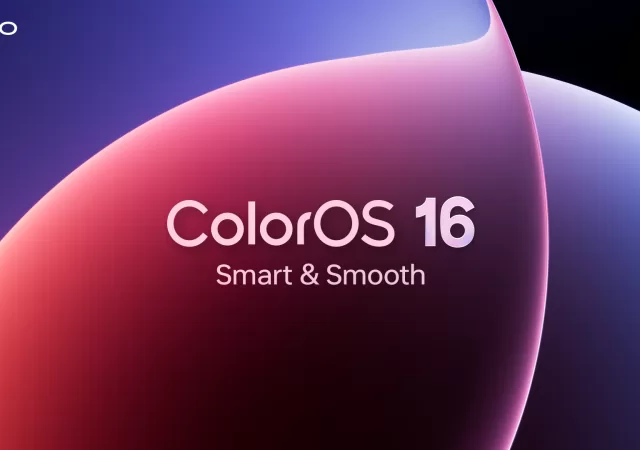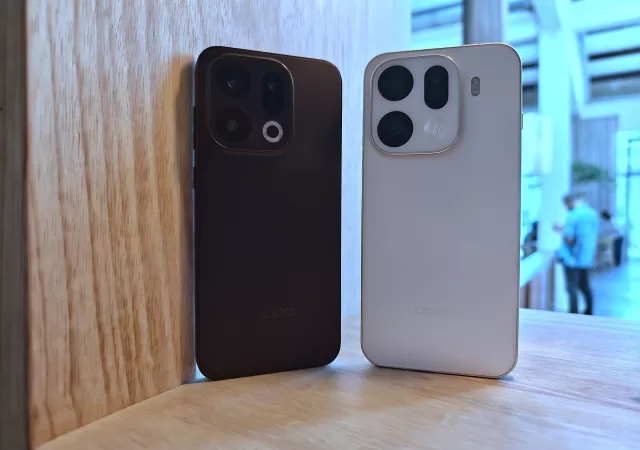5G is a relatively new technology globally. So far, only three known regions have successfully implemented the technology; two of them are in Asia. Then again, the two Asian countries also have two of the biggest telecommunications organisations in the world; HUAWEI and Samsung. These two have been on a race to implementing 5G through the world too.
In Malaysia, we have our own race to our very own first implementation of 5G. That race is not in between manufacturers, that race is in between the telcos. The major telcos like Maxis, Celcom, and Digi have been pushing the 5G technology with multiple tests that have taken place since last year. In February 2019, Maxis made the move to secure HUAWEI’s technology and expertise in 5G testing and installation.
That partnership came to a fruition at two testing sites in Subang Jaya, approved by MCMC (Malaysian Communication and Multimedia Commission) for two months. Their latest test involves the C-band spectrum of the 5G spectrum. That is the 3.5GHz (3,500MHz) spectrum of the 5G band.
The C-band spectrum is considered the global spectrum of 5G at this time. Of course, there are more bands of 5G depending on where you are and what the telcos can afford. Still, the optimum bands for 5G ranges from 3.3GHz to 4.2GHz.
The latest test, or approved tests allows Maxis to stretch to 200MHz of the 3.5GHz C-band spectrum. Previously MCMC only allows telcos to push 100MHz of the 3.5GHz. In that previous tests, they see speeds between 1.1Gbps to 1.76Gbps (yes, that is a G for Giga).
That is already 10x faster than our office’s fixed internet line at 100Mbps. The latest test with 200MHz of the 3.5GHz C-band sees speeds of up to 2.96Gbps. While that is not quite 3Gbps, it is still nearly double of the fastest speeds from the previous tests.
Does that mean we can expect that kind of speeds in the real world when 5G starts rolling out in Malaysia? We would say, only maybe. You have to remember that the tests are conducted in very controlled environments with minimal traffic and interference within the bandwidth.
4G LTE+ is technically capable of very high speeds already, speeds adequate for plenty of IoT implementation. Even the Formula 1 racing industry says that the current 4G bands are fast enough to support their operations. The only real benefit, as plenty of experts put it, 5G is supposed to be plenty more stable than 4G.
In the real world, you have to consider plenty of things when it comes to network speeds. Distances from the network towers have to be considered sometimes. In between the towers and you, there would be buildings and trees and other objects that might interfere with the transmission which affects speed. You also have to consider the amount of people using the same bandwidth from the same towers. Or, the amount of people that are using the total bandwidth at the same time. Of course, there are ways that 5G can counter and solve all these problems. It is meant to be the next generation of network after all, that only means that it is more powerful and better overall.
To answer the question posed earlier then, we have to say “maybe not at launch”. Of course, as testing goes, we are going to see higher speeds in the near future. While we may not get the full beans on launch, we can expect speeds and stability of 5G to continue to improve as manufacturers keep pushing the boundaries of 5G. Now, we can only hope that 5G starts rolling out soon, so that we can experience and test them ourselves; that is still the biggest benchmark of them all.






